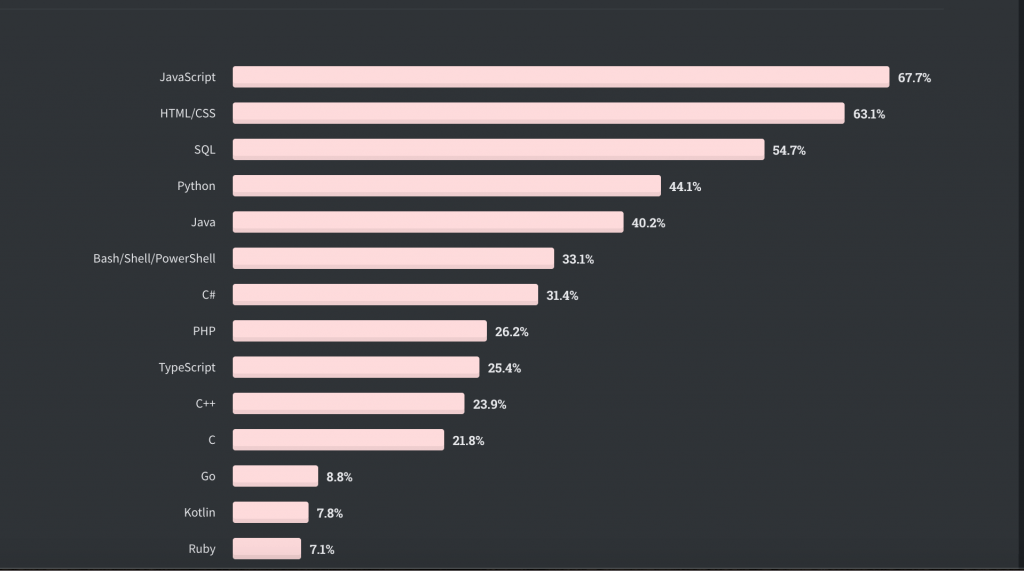Pros and Cons of Python
For over 30 years, python has been used by many software developers all over the world. Even in 2022, people are still learning this highly versatile programming language because of...
 GO BACK
GO BACK
Python and Ruby are both the most widely used backend programming languages. Python is a bit more popular and has a wider application. However, Ruby also brings many benefits and is still the number one choice for many products.
Do you have a dilemma? Ruby vs. Python? Check out our comparison of the two languages.
Contrary to appearances, Python and Ruby have many common features when it comes to the software development process. Of course, their use is slightly different, but we can find some common issues. Here are the most important ones:
Ruby and Python are open-source programming languages, so you don’t need to pay a fee for using it.
They’re also cross-platform, so it is convenient for distributed teams.
Both Ruby and Python are languages that are dynamically typed.
Ruby and Python support object-oriented programming (OOP) out of the box.
Ruby is a programming language that works great for web applications. It is perfect for creating products from scratch. The first effects of such an application can be obtained much faster than in the case of using other programming languages.
In turn, Python is famous not only for web applications, but also great for projects related to data management, machine learning or AI. This is possible thanks to its frameworks and libraries like Django, Pyramid or TensorFlow.
However, the list of the largest companies that use both languages is interesting. The common issue is that the world’s largest brands use both Ruby and Python to develop their products.
Ruby: Shopify, Twitter, Github, Groupon, AirBnB
Python: Google, Youtube, Pinterest, National Geographic
Python is currently the fourth most popular programming language (according to Stack OverFlow). In this respect, it is better than Ruby which ranks fourteenth. Ruby recorded a slight decrease compared to previous years. Until recently, it was classified in the top ten.
It is worth noting, however, that the greater popularity of Python is related to the more versatile use of this language, a more developed community and its use by the largest corporations in the world. This is undoubtedly its advantage, which places Python above Ruby in this respect.

Basically, Python and Ruby have a very extensive community. This greatly facilitates the development of these programming languages. However, Ruby began to gain popularity only in 2005 with the appearance of the Rails framework which is driving force behind Ruby. In turn, Python, due to its greater diversity, can boast of an even more developed community.
The best proof of this is the scale of the use of both languages. Ruby is very often chosen by startups that care about time and cost-effectiveness in the process of building products. Python, on the other hand, is associated with large and wealthy corporations. This factor makes the Python community more developed than Ruby’s.
Python and Ruby are dynamically developing programming languages. As you can see, they have their strengths and work well in various projects. If you’re facing the dilemma of choosing between these two technologies, consider factors such as performance, type of product that is being developed, and costs – this factor will probably also be important to you.